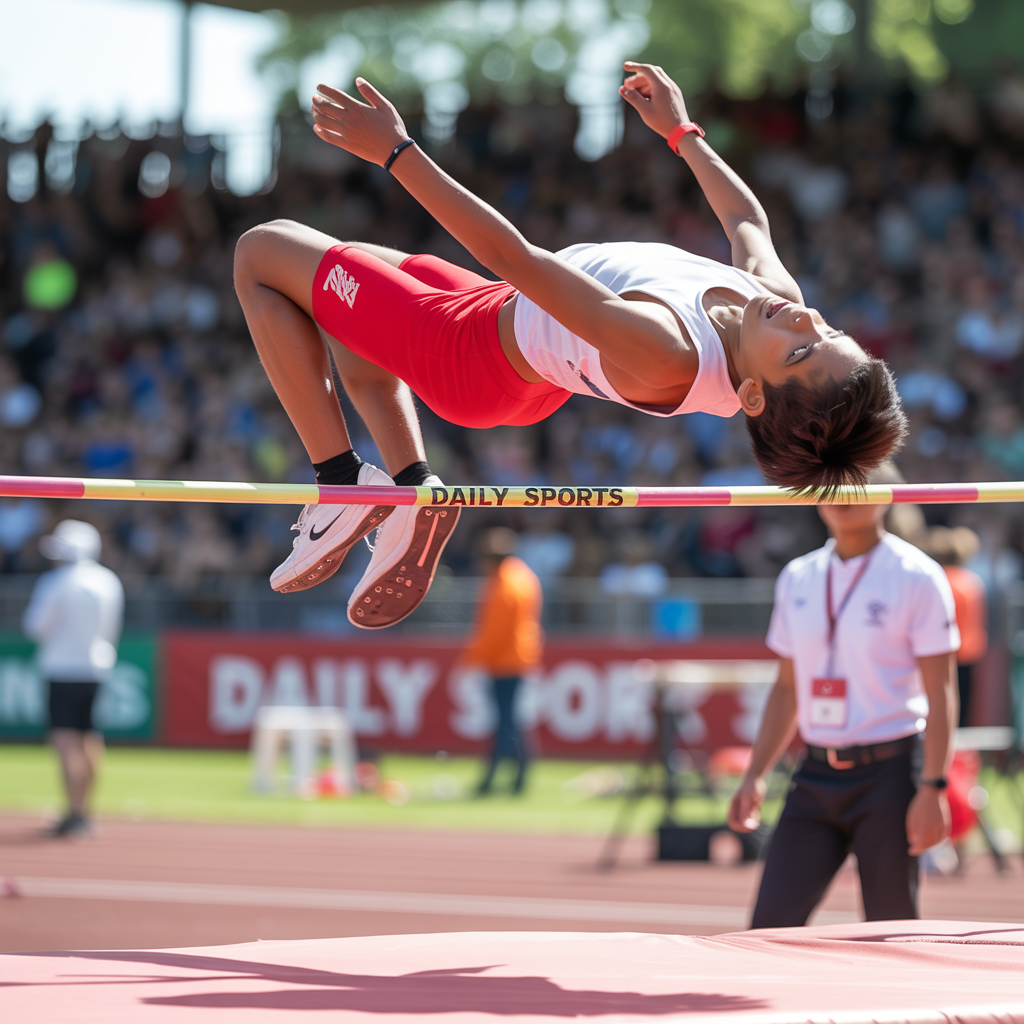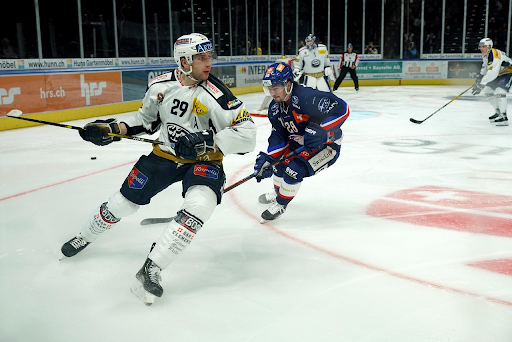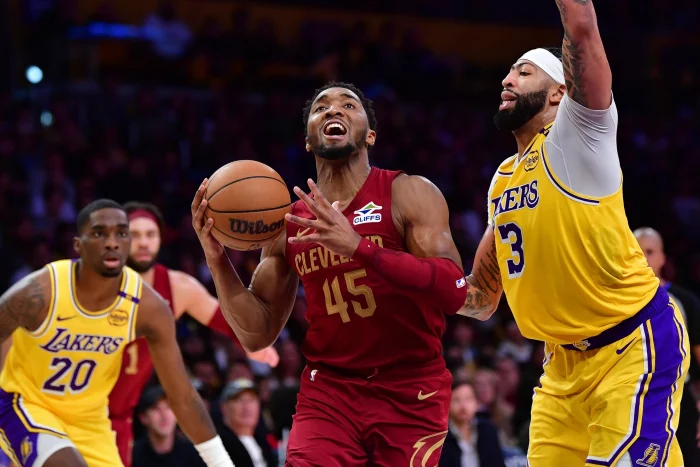The UFC is a powerhouse in the world of sports, captivating millions with its electrifying bouts and fierce competitors. In 2021 alone, it generated a staggering $1.4 billion in revenue, a testament to its rapid ascent in popularity. This sports organization, famously associated with the Sports Org with an Octagon, is not just about fighting; it’s a carefully crafted spectacle that blends athleticism, strategy, and entertainment.
The Octagon is more than just a cage—it’s a stage where warriors showcase their skills, face off against formidable opponents, and carve out legacies. Whether you’re a seasoned fan or new to the sport, understanding the UFC’s impact can deepen your appreciation for the art of mixed martial arts.
In this blog post, we’ll take a closer look at the UFC’s origins, its evolution, and what makes it a leading force in combat sports today. You’ll even find insights about that intriguing “sports org with an octagon” crossword clue! I promise you’ll walk away with insights that not only highlight the significance of the UFC but also reveal how it continues to shape the future of athletic competition. Ready to dive in? Let’s go!
The Birth of the UFC
The UFC was founded in November 1993, emerging from the vision of Art Davie, Rorion Gracie, and several other partners who aimed to create a platform that showcased the effectiveness of various martial arts disciplines. The inaugural event, UFC 1, took place in Denver, Colorado, and featured fighters from different backgrounds, including Brazilian jiu-jitsu, boxing, wrestling, and karate. The format was simple: a tournament-style competition with minimal rules, where the objective was to determine the most effective martial art.
The first event showcased a Brazilian jiu-jitsu expert, Royce Gracie, who won the tournament, thereby introducing audiences to the effectiveness of grappling arts in real fights. The event’s success laid the groundwork for the UFC to grow and evolve over the years.
The Evolution of MMA and the UFC
Regulatory Changes and Safety Measures
In the early years, the UFC faced criticism and scrutiny from lawmakers and various sports organizations due to the perceived brutality of the fights. This led to significant regulatory changes aimed at improving fighter safety and establishing a more structured competition framework.
In 2001, Zuffa, LLC, led by Dana White, purchased the UFC and initiated efforts to legitimize the organization. They implemented new rules, weight classes, and safety measures, including medical examinations for fighters and the use of referees to enforce regulations. This transformation helped the UFC gain acceptance and pave the way for mainstream popularity.
The Octagon: A Symbol of the UFC
At the heart of the UFC’s identity is the Octagon, an eight-sided cage that has become synonymous with the organization. The Octagon serves multiple purposes:
- Safety: The design minimizes the risk of injuries by providing a controlled environment with padded walls, ensuring fighters can perform at their best without excessive risk.
- Visibility: The open layout allows fans to see the action from all angles, enhancing the viewing experience for both live audiences and those watching on television.
- Dynamic Competition: The unique structure enables fighters to utilize various martial arts techniques, encouraging dynamic and unpredictable fights.
The Growth of the UFC: From Niche to Mainstream
Key Milestones
The UFC has achieved numerous milestones that highlight its growth and popularity. Some key moments include:
- The Ultimate Fighter: In 2005, the reality TV series “The Ultimate Fighter” premiered, showcasing fighters competing for a UFC contract. This show introduced a new audience to the sport and played a crucial role in popularizing MMA.
- Pay-Per-View Success: The UFC has become a leader in pay-per-view sales, with events regularly drawing millions of viewers. Notable fights, such as Conor McGregor vs. Khabib Nurmagomedov at UFC 229, broke records and showcased the UFC’s ability to attract massive audiences.
- Mainstream Partnerships: Collaborations with major networks, such as ESPN, have further solidified the UFC’s presence in mainstream sports culture. The exclusive broadcasting deal with ESPN in 2019 expanded access to UFC events and attracted new fans.
The Impact of Digital Media
The rise of digital media has also contributed to the UFC’s growth. The organization effectively utilizes social media platforms to engage with fans, share fight highlights, and promote upcoming events. The UFC’s YouTube channel features fight clips, behind-the-scenes content, and interviews, further increasing its visibility.
Iconic Fighters and Rivalries
The UFC’s success is largely attributed to its roster of talented fighters, many of whom have become household names. Some of the most iconic fighters in UFC history include:
- Conor McGregor: Known for his charisma and striking ability, McGregor is one of the biggest stars in the sport’s history. He made history in 2016 by becoming the first fighter to hold two titles in different weight classes simultaneously.
- Amanda Nunes: Widely regarded as one of the greatest female fighters of all time, Nunes has held championships in two weight divisions and is known for her striking power and grappling skills.
- Khabib Nurmagomedov: Retiring undefeated with a record of 29-0, Khabib’s grappling prowess and fighting style made him a formidable champion. His rivalry with McGregor drew immense attention and showcased the UFC’s ability to generate high-stakes matchups.
Famous Rivalries
Rivalries play a significant role in the UFC’s allure. Fights between rivals create narratives that captivate fans and generate buzz. Some notable rivalries include:
- McGregor vs. Diaz: This rivalry featured two of the most entertaining fighters in the UFC. Their first fight at UFC 196 ended in a submission victory for Nate Diaz, leading to a highly anticipated rematch at UFC 202, where McGregor emerged victorious.
- Jones vs. Cormier: The tension between former champions Jon Jones and Daniel Cormier was palpable, culminating in their fight at UFC 182. The rivalry continued beyond the Octagon, drawing in fans and media attention.
The Business of the UFC
The UFC is not just a sports organization; it is a thriving business that generates significant revenue through various channels:
Pay-Per-View and Ticket Sales
The primary revenue source for the UFC is pay-per-view sales, with fans willing to pay to watch high-profile fights. Ticket sales for live events also contribute to the organization’s financial success. Events are held in arenas worldwide, attracting thousands of fans eager to witness the action firsthand.
Sponsorships and Merchandise
Sponsorship deals with major brands have further bolstered the UFC’s financial standing. Companies recognize the massive audience the UFC attracts, leading to lucrative partnerships. Additionally, merchandise sales, including fighter gear and branded apparel, contribute to the organization’s revenue.
The Future of the UFC
The UFC’s growth shows no signs of slowing down. With expanding international markets, the organization continues to explore opportunities for global outreach. The introduction of women’s divisions has also helped broaden the sport’s appeal, attracting a more diverse fan base.
The Crossword Clue: Sports Org with an Octagon
If you ever find yourself stuck on a crossword puzzle, you might encounter the clue “sports org with an octagon.” The answer to this clue is UFC, which stands for the Ultimate Fighting Championship. This three-letter abbreviation is a quick reference to the organization and its iconic fighting structure.
The New York Times Coverage
For fans looking to stay informed about the latest developments in the UFC, major publications like the New York Times (NYT) provide in-depth coverage. From fight previews to athlete profiles, the NYT often features articles that delve into the world of MMA, analyzing key matchups and trends within the sport.
The Social and Cultural Impact of the UFC
The UFC’s influence extends beyond the realm of sports. It has played a significant role in shaping societal perceptions of mixed martial arts and combat sports:
Changing Attitudes
Initially met with skepticism and criticism, the UFC has helped change perceptions of MMA as a legitimate sport. With its focus on athlete safety and professionalism, the organization has gained respect from both fans and critics alike.
Empowering Athletes
The UFC has empowered athletes, particularly women, to pursue careers in combat sports. The introduction of women’s divisions has provided a platform for female fighters to showcase their skills and gain recognition in a traditionally male-dominated sport.
The Rise of MMA Gyms
As interest in the UFC has grown, so too has the popularity of MMA gyms. Many individuals are now training in various martial arts disciplines, seeking to emulate their favorite fighters and improve their fitness. This trend has led to the emergence of MMA as a mainstream form of exercise and self-defense.
Also Read: Dominate Your Game: Unlock Tennis Manager 2024 Cheat Engine
Conclusion
The phrase “sports org with an octagon” succinctly captures the essence of the UFC, an organization that has revolutionized combat sports over the past few decades. From its humble beginnings to becoming a global phenomenon, the UFC has established itself as a leader in the world of mixed martial arts.
As fans continue to flock to events and engage with fighters on social media, the UFC’s impact on sports culture will likely endure. Whether you’re solving a crossword puzzle, watching a fight, or reading about the latest matchups in the NYT, the UFC remains a central figure in the world of sports.





